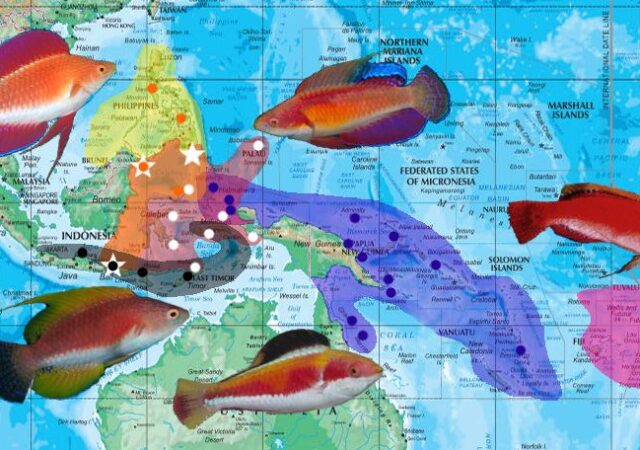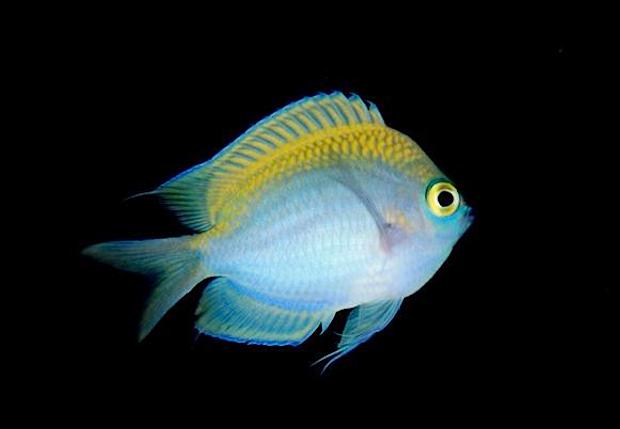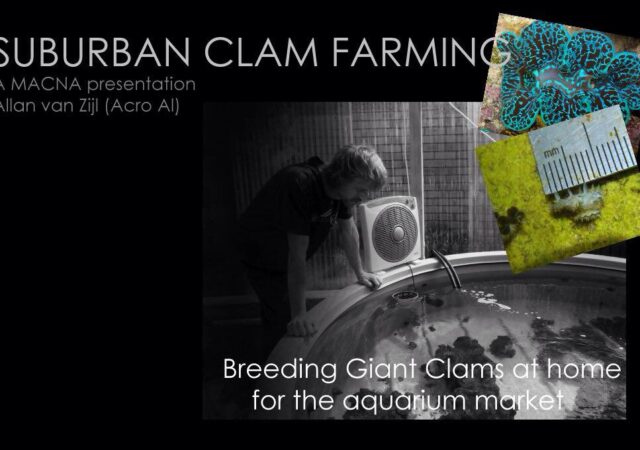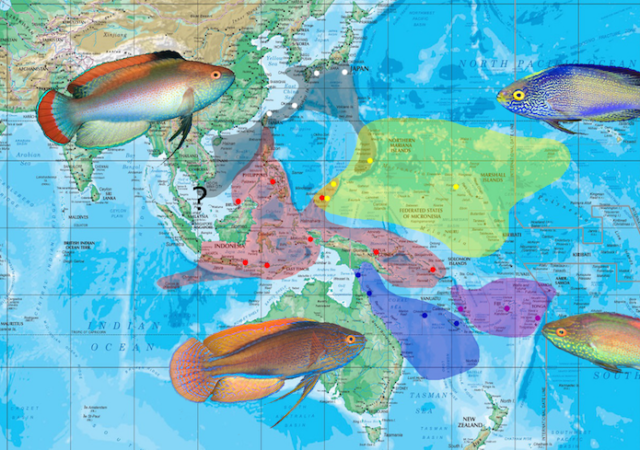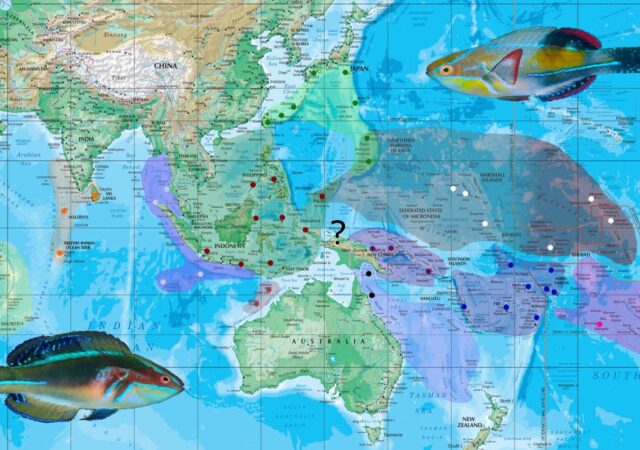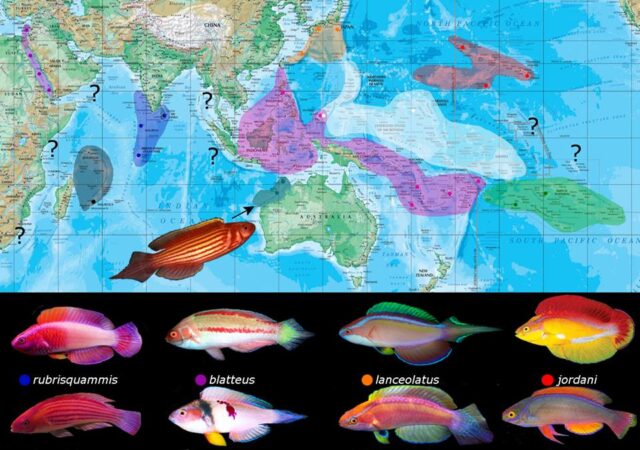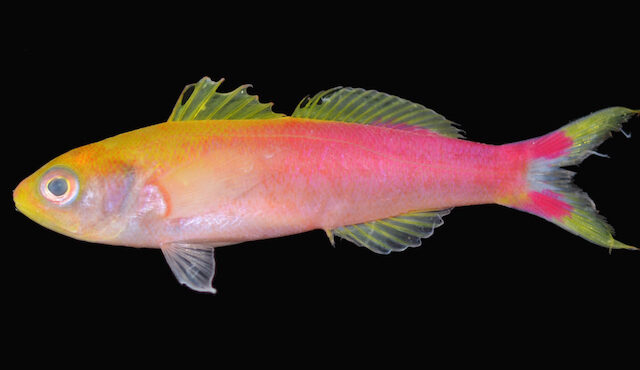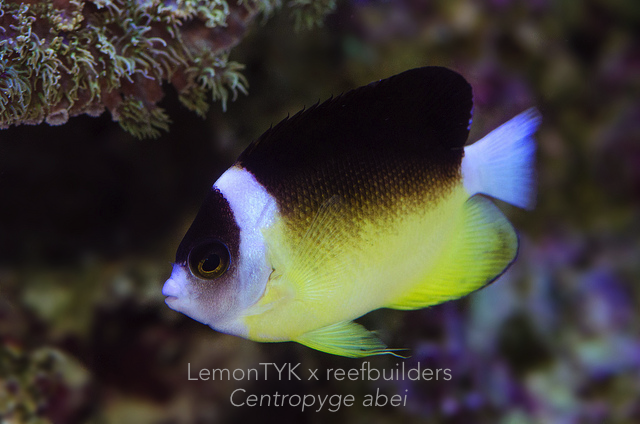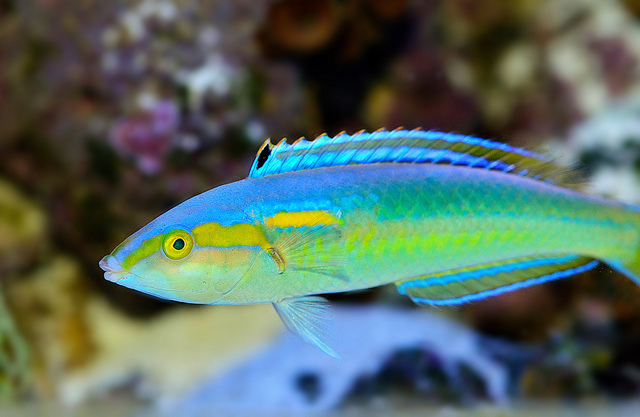The filamentosus group presents the reader with a collection of familiar, aquarium-friendly species, many of which are exuberantly colored and morphologically quirky. Despite some superficial differences in colors and fin shapes, the overall morphology strongly implies that this is the…
Search Results For: brian greene
Top 5 reasons why we love MACNA
The Marine Aquarium Conference of North America is a yearly event buzzing with a cornucopia of reef related awesomeness. For some, it’s an annual tradition, for others, a pilgrimage. Regardless, MACNA presents its attendees with an exuberant atmosphere of fun and…
The ABCs of deepwater Chromis
The pan-oceanic genus Chromis is a ubiquitous component of any coral reef, and can be found anywhere from sun speckled coral gardens to lung compressing depths in the mesophotic twilight zone. Despite their near abrasive presence both in the field and in…
Top 5 picks for MACNA 2015 Speaker presentations
Seems like the Denver MACNA was wrapping up just yesterday, but truth be told we are just a little over a week away from MACNA in Washington D.C. As usual, we like to share with you our personal top five…
3.1 Fairy Wrasses: The rubrimarginatus group
The rubrimarginatus group is home to some of the most well-known (and well-loved) of the Fairy Wrasses. The group can be divided rather equally into two clades, each with their own separate diagnostic features. The males attain fairly large sizes,…
2.3 Fairy Wrasses: The exquisitus complex
Cirrhilabrus exquisitus is an unusually widespread and variable species which appears to form a lineage alongside the scottorum and cyanopleura groups, with all three sharing characteristically mid-length pelvic fins. Unlike any other species of Cirrhilabrus, the Exquisite Fairy Wrasse has…
1.3 Fairy Wrasses: The lanceolatus group
The members of the lanceolatus group are some of the largest and showiest fairy wrasses, collectively celebrated for their grandiose caudal fin and chromatic brilliance. The group spans most of the Indo-Pacific, with its various species occupying a series of…
New splitfin anthias species, Luzonichthys seaver described from Pohnpei Micronesia
Luzonichthys seaver is a new species of splitfin anthias that has just been described from two specimens collected in Pohnpei Micronesia. The splitfin anthias are an uncommon group of fishes in the marine aquarium hobby whose number of recognized species…
Centropyge abei and Chaetodon smithi: Black and yellow superstars of Waikiki
If you ever visit Hawaii and don’t stop by the Waikiki aquarium, consider yourself a felon and a convicted criminal for breaking the fish geek code. In a small public aquarium within the Waikiki neighbourhood of Honolulu lives two mega superstars of…
What’s in a name?
Scientists are often pretty whimsical in their own way when it comes to describing a new species for science. To the undiscerning amateur like us, we may find scientific names cumbersome, made up of an unpronounceable mass of consonants with an unearthly…


